Seven days have passed since I placed the eggs into the incubator. It was now time to candle them to see what progress has been made.The first thing I needed to do was to make a candling device. I took a small cardboard box and made a circular hole in it small then the diameter of an egg. I placed my LED shop light inside the box so the light would shine up through the hole.
Once I had the candlebox set up, I took an egg from my Rhode Island Reds that are not fertilized since we have no rooster. This would be my control egg. When I candled it, I noticed an even glow throughout the entire egg. From what I have read, this is indicative of an unfertilized egg. The light illuminates the interior equally.
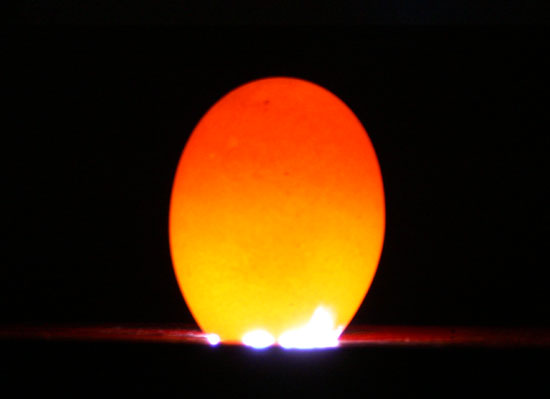
I started candling each egg looking for signs of something different than my control egg. When I placed the first one on the box, I noticed this much darker shading at the top of the egg. From what I had researched, this was evidence of fertilization. The yolk is starting to cloud as the cellular structure begins to form. As I moved the egg around, I could see that dark shadow move around as well. Again, evidence of fertilization.

Continuing through each egg, I unfortunately discovered more damage from my ignorance of leaving the egg cartons stacked in my car when I left Right Side Farm (the farm I bought the eggs from). Cracks that were not visible to the naked eye, were now glaringly obvious when candled. I had to cull out 5 more eggs. Now I am down to 27.
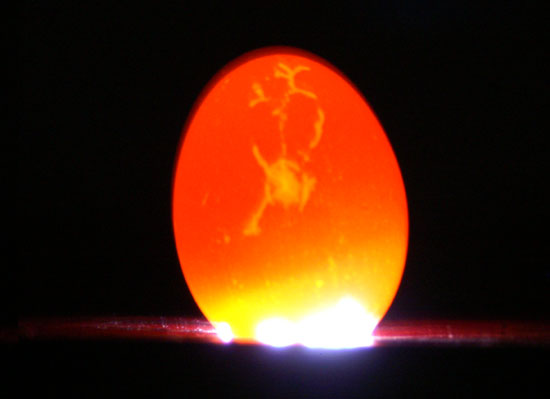
Another thing I discovered as I went through each egg, was some were very speckled when I candled them. My reading had described this as porous eggs. Porous eggs have weaker shells and show a deficiency in the formation of the egg. Several sources I read said these eggs would be a low percentage of successful hatching.
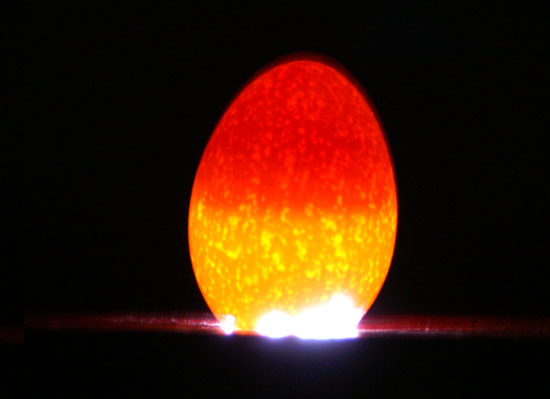
I was not ready to discard these eggs, however. I moved them to a lower shelf and kept the fertilized eggs that were not porous on the top shelf. Out all all 32 eggs I candled, they all appeared to be fertilized. The cracked ones had to be discarded because they could get bacteria in them that could affect my entire batch.
I was surprised at the percentage of fertilized eggs. Adam has 150 laying hens and I assume one or two roosters as multiple roosters tend to make a fighting situation. If one rooster breeds all 150 hens, he must be one busy rooster. I wonder if he wears a velvet hat and a leisure suit?
At day seven, I should be able to see some formation of the embryo in the dark shady spot. One was slightly evident but did not show up well enough on the camera. I will check back on them in a couple of days.
This post is a continuation of a post from last week entitled Incubating Chicken Eggs: Part One – An experiment with Breakfast



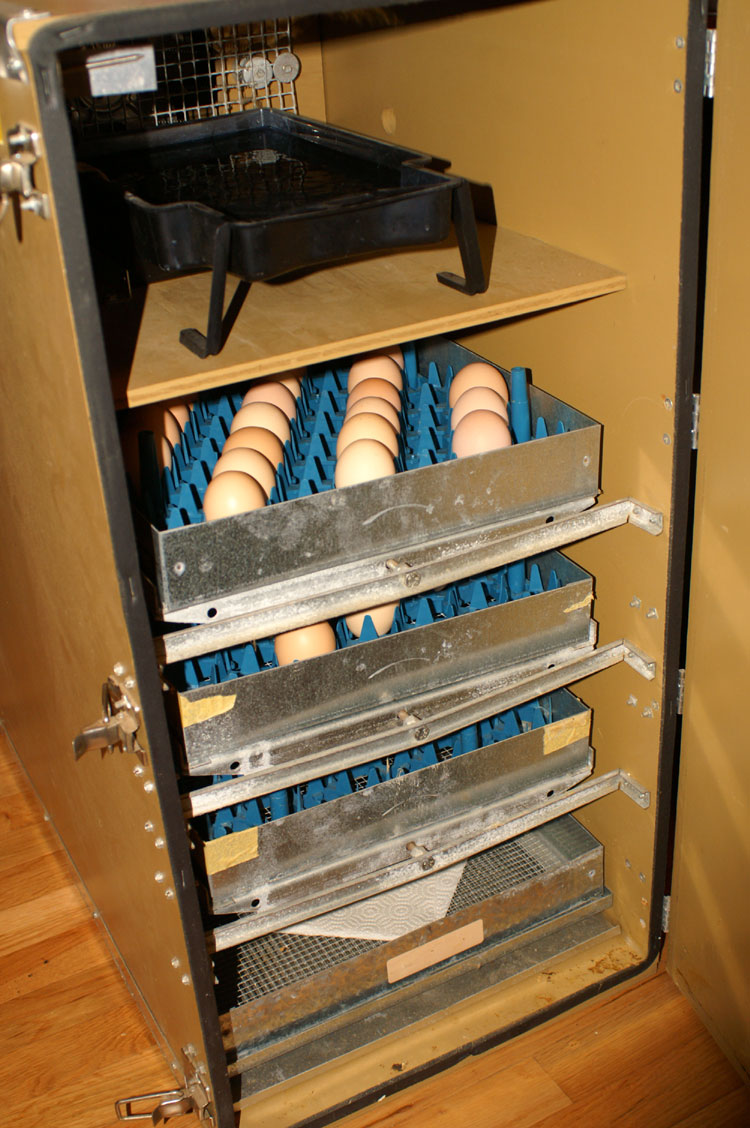
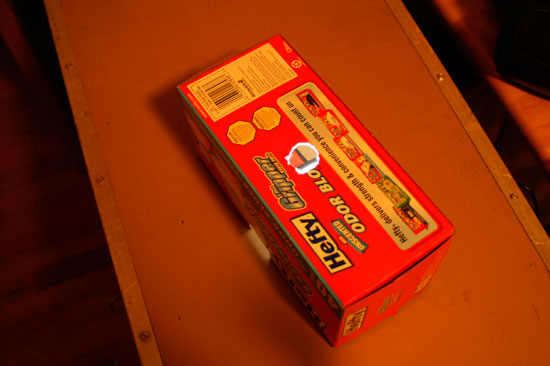

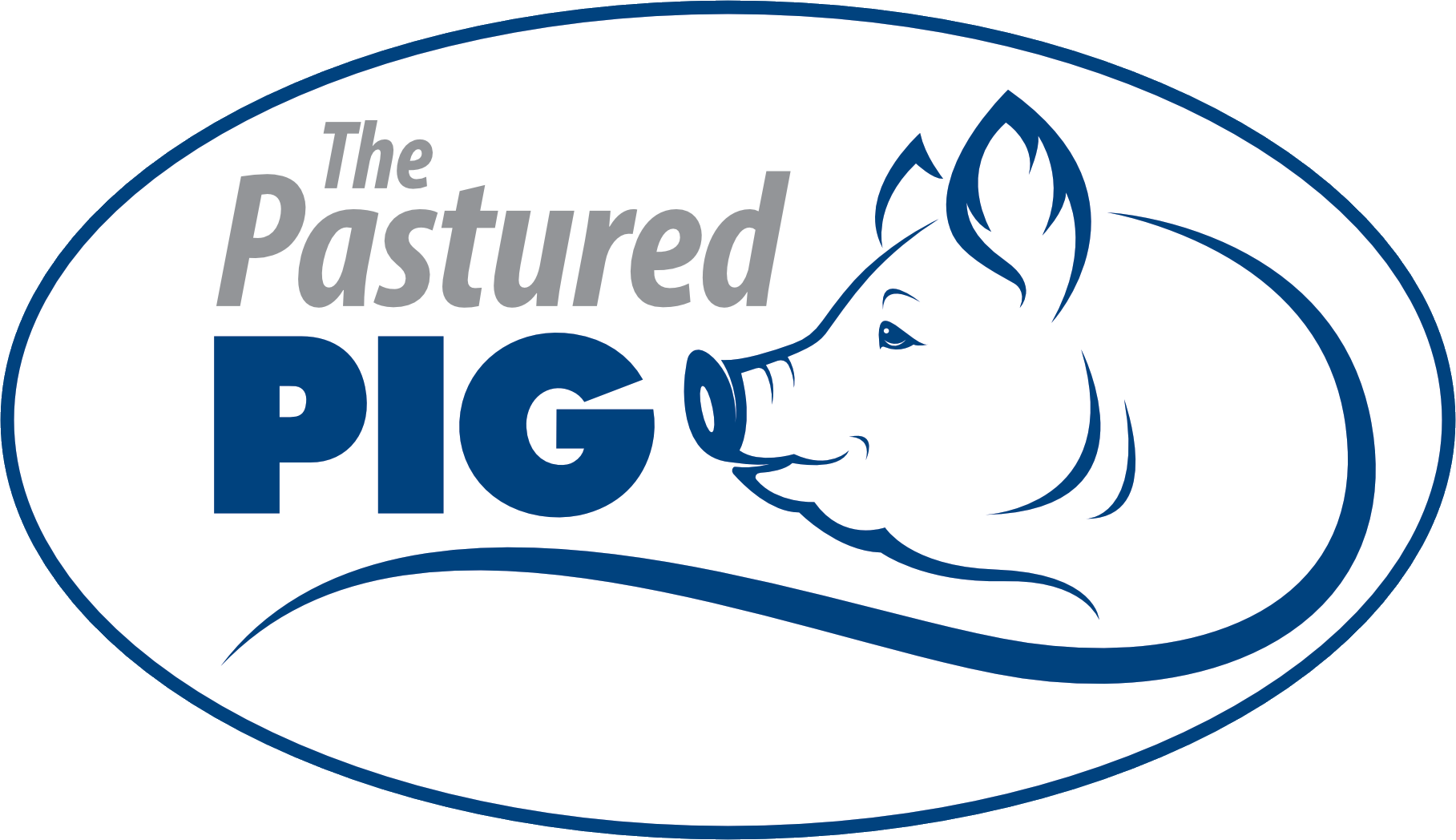

[…] cycle now and we have had a successful hatching. I will recap the details from where I left off in Part II. DISCLAIMER: Some images in this post may be disturbing to some as it illustrates the success and […]